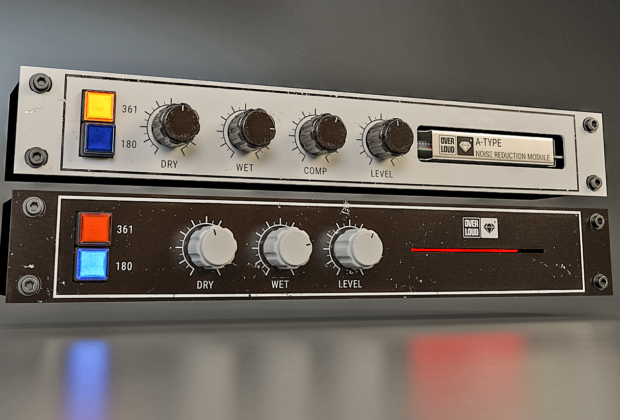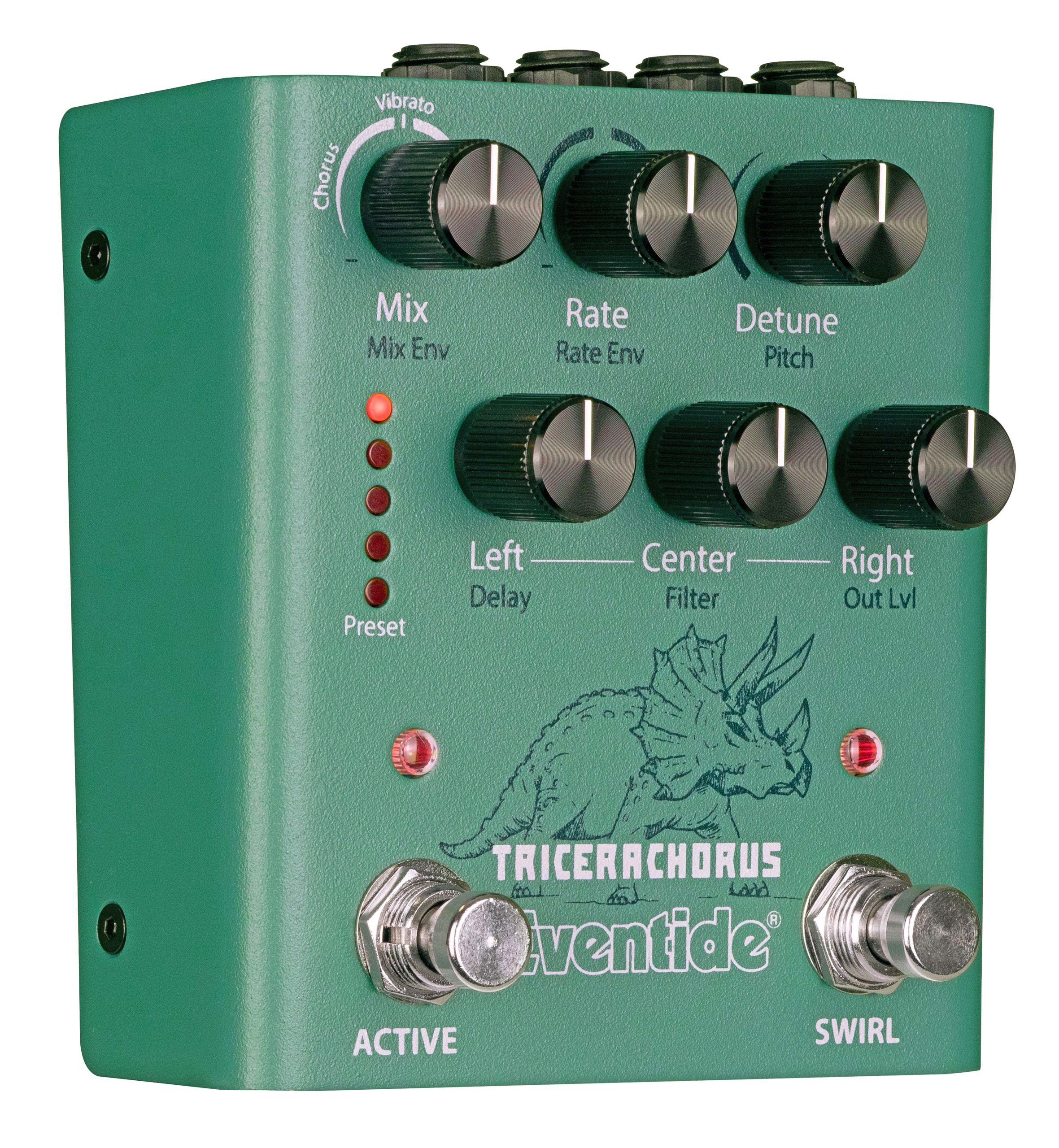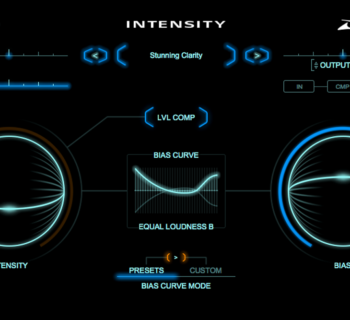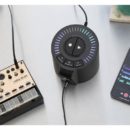Overloud’s Dopamine is interesting to me because it models an "old-school" processor trick for enhancing either already recorded tracks or new recordings. Back when noise reduction was required for multi-track analog tape recording, there was the Dolby-A noise reduction system that used an encode/decode process. You would record through the A-361 encoder but you had to playback through the A-361 decoder to recover the audio's original fidelity and tone just without tape hiss and noise. As long as this entire system was correctly aligned, it all worked great. Dolby-B is a single-ended version used on consumer-level tape recorders; Teac's AN-180 Noise Reduction system was one of the popular choices for a standalone unit.
Overloud’s Dopamine simulates both the Dolby A-361 1U single-channel units and the Dolby-B processor used by the Teac AN-180 units.
An un-decoded Dolby-A recording is called “stretched” and sounds bright with a variable compression/expansion dynamic.
Overloud Dopamine simulates that effect and notably, like the original noise reduction process, does not introduce the unpleasant artifacts and atonal harmonics common to other audio exciters and enhancers.
My first use for Dopamine was for an entire mix in Pro Tools. I found it like a mastering effect in this use but it also worked great on individual vocal and acoustic guitar tracks. Dopamine is a subtle and beautifying effect and that is why I love it. I mostly use the 361 mode but there are a many great presets to toggle through using either the 361 and 180 modes.
Presets with descriptive names like “Acoustic Air” for adding a kind of brilliance not really possible with EQ are available and reminiscent of using a Dolby-stretched acoustic guitar tape track except I could adjust it more exactly to my needs.
OverLoud’s Dopamine sells for $129 as download and I like the way it adds a special something to any audio. It's a keeper!













